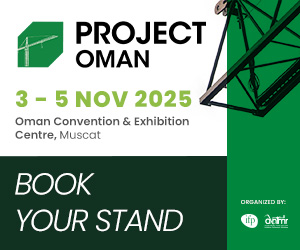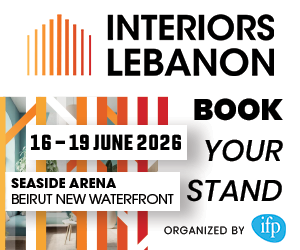Qatar has taken a major leap in construction technology with the installation of the world’s largest 3D construction printer at a school project site in Doha. Developed by COBOD International and deployed in partnership with UCC Holding, the BODXL printer was officially unveiled during a high-profile event.
Measuring an impressive 50 meters in length, 30 meters in width, and 15 meters in height, the BODXL is more than four times larger than any previous 3D construction printer. With the capacity to print structures covering a 1,500-square-meter footprint and rising up to five stories, the printer can produce a total built-up area of 7,500 square meters.
And this is just the beginning.
A second BODXL printer—identical in size—is set to arrive in Qatar later this month. Once both units are operational, they will work in tandem to build the world’s largest 3D printed structure: a multi-thousand-square-meter school for Qatar’s Public Works Authority, Ashghal.
This dual deployment marks a key milestone in what is expected to become the world’s largest 3D construction automation project. The school will span an estimated 40,000 square meters across two sites, setting new global benchmarks for speed, sustainability, and design precision in large-scale building.
The project is also expected to qualify for a Guinness World Record for the largest structure ever created using 3D printing technology. Beyond scale, the initiative reflects Qatar’s Qatar National Vision 2030 goals by significantly reducing material waste and minimizing the environmental footprint compared to conventional construction.
COBOD’s third-generation BODXL systems bring advanced automation and digital accuracy to the construction process, enabling faster delivery, lower labor demand, and smarter resource use.
Henrik Lund-Nielsen, CEO and founder of COBOD International, hailed the project as a landmark in both technology and sustainability. He emphasized the collaboration with UCC Holding as a model for the future of smart construction. UCC leaders echoed this sentiment, highlighting the project’s ambition to place Qatar at the forefront of global innovation in civil infrastructure.
Full-scale construction using the BODXL printers is expected to accelerate through 2025, transforming the school from a pioneering concept into a real-world example of fast, cost-effective, and eco-conscious building. This initiative is expected to be the first in a series of groundbreaking 3D-printed developments across the region.
Source: voxelmatters.com











































































